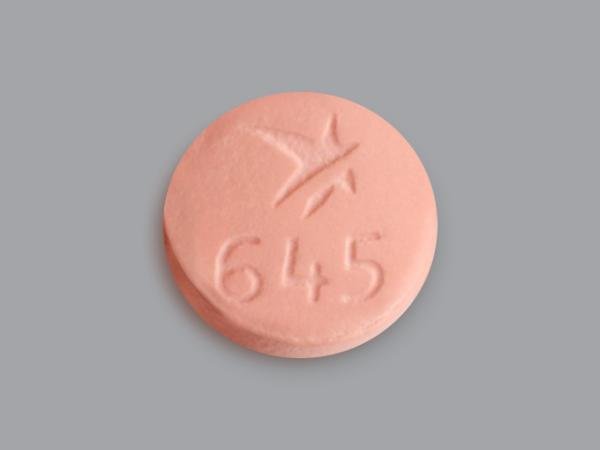Fezolinetant and Alcohol/Food Interactions
There are 2 alcohol/food/lifestyle interactions with fezolinetant.
Caffeine Fezolinetant
Major Drug Interaction
Consumer information for this interaction is not currently available.
CONTRAINDICATED: Coadministration with inhibitors of CYP450 1A2 may significantly increase the plasma concentrations of fezolinetant, which is primarily metabolized by the isoenzyme. In clinical drug interaction studies, coadministration of the potent CYP450 1A2 inhibitor fluvoxamine increased the peak plasma concentration (Cmax) and systemic exposure (AUC) by 80% and 840%, respectively. Likewise, the moderate CYP450 1A2 inhibitor, mexiletine, is predicted through physiologically based pharmacokinetic (PBPK) modeling to increase the Cmax and AUC of fezolinetant by 40% and 360%, respectively. The weak CYP450 1A2 inhibitor cimetidine is also predicted via PBPK to increase the Cmax and AUC of fezolinetant by 30% and 100%, respectively.
MANAGEMENT: Concomitant use of fezolinetant with CYP450 1A2 inhibitors is considered contraindicated.
Fezolinetant Food/Lifestyle
Major Food Interaction
Consuming food or beverages that contain caffeine (e.G., chocolate, coffee, cola drinks, energy drinks, tea) is not recommended while taking fezolinetant. Caffeine may significantly increase the levels of fezolinetant in the blood. Talk to your doctor if you have any questions or concerns. It is important to tell your doctor about all other medications you use, including vitamins and herbs. Do not stop using any medications without first talking to your doctor.
Switch to professional interaction data
Fezolinetant drug interactions
There are 93 drug interactions with fezolinetant.
Fezolinetant disease interactions
There are 2 disease interactions with fezolinetant which include:
More about fezolinetant
- fezolinetant consumer information
- Check interactions
- Compare alternatives
- Reviews (59)
- Latest FDA alerts (2)
- Side effects
- Dosage information
- During pregnancy
- Drug class: miscellaneous central nervous system agents
- En español
Related treatment guides
Drug Interaction Classification
| Highly clinically significant. Avoid combinations; the risk of the interaction outweighs the benefit. | |
| Moderately clinically significant. Usually avoid combinations; use it only under special circumstances. | |
| Minimally clinically significant. Minimize risk; assess risk and consider an alternative drug, take steps to circumvent the interaction risk and/or institute a monitoring plan. | |
| No interaction information available. |
See also:
Further information
Always consult your healthcare provider to ensure the information displayed on this page applies to your personal circumstances.


